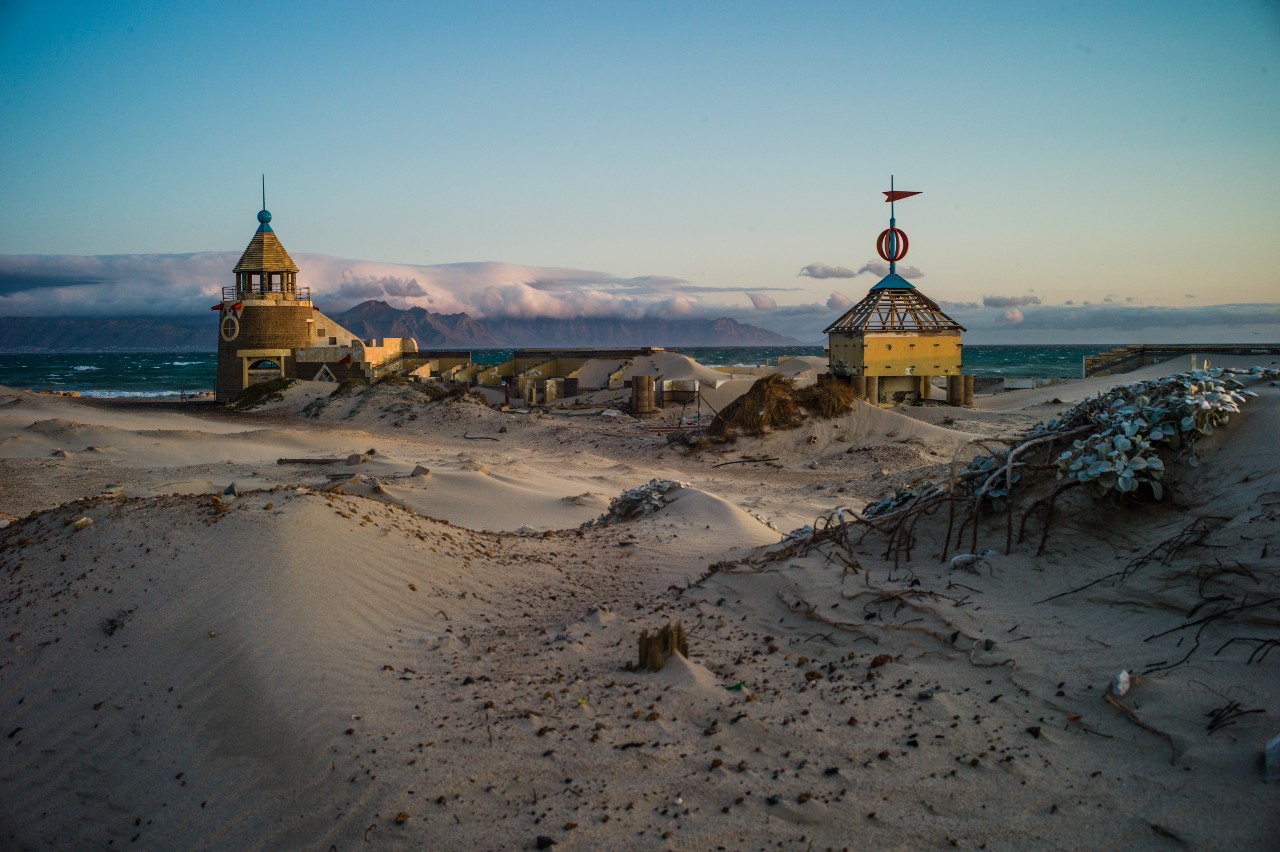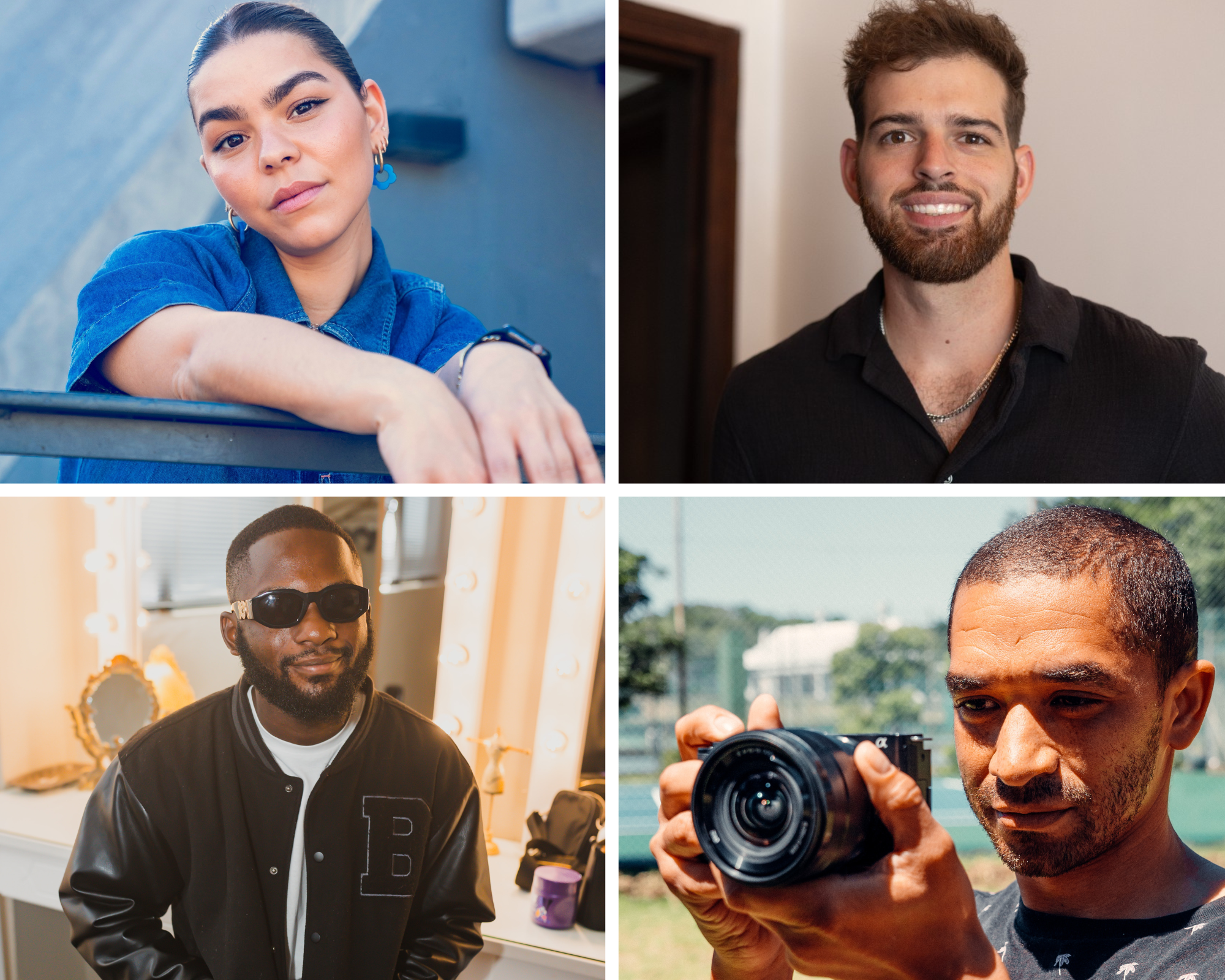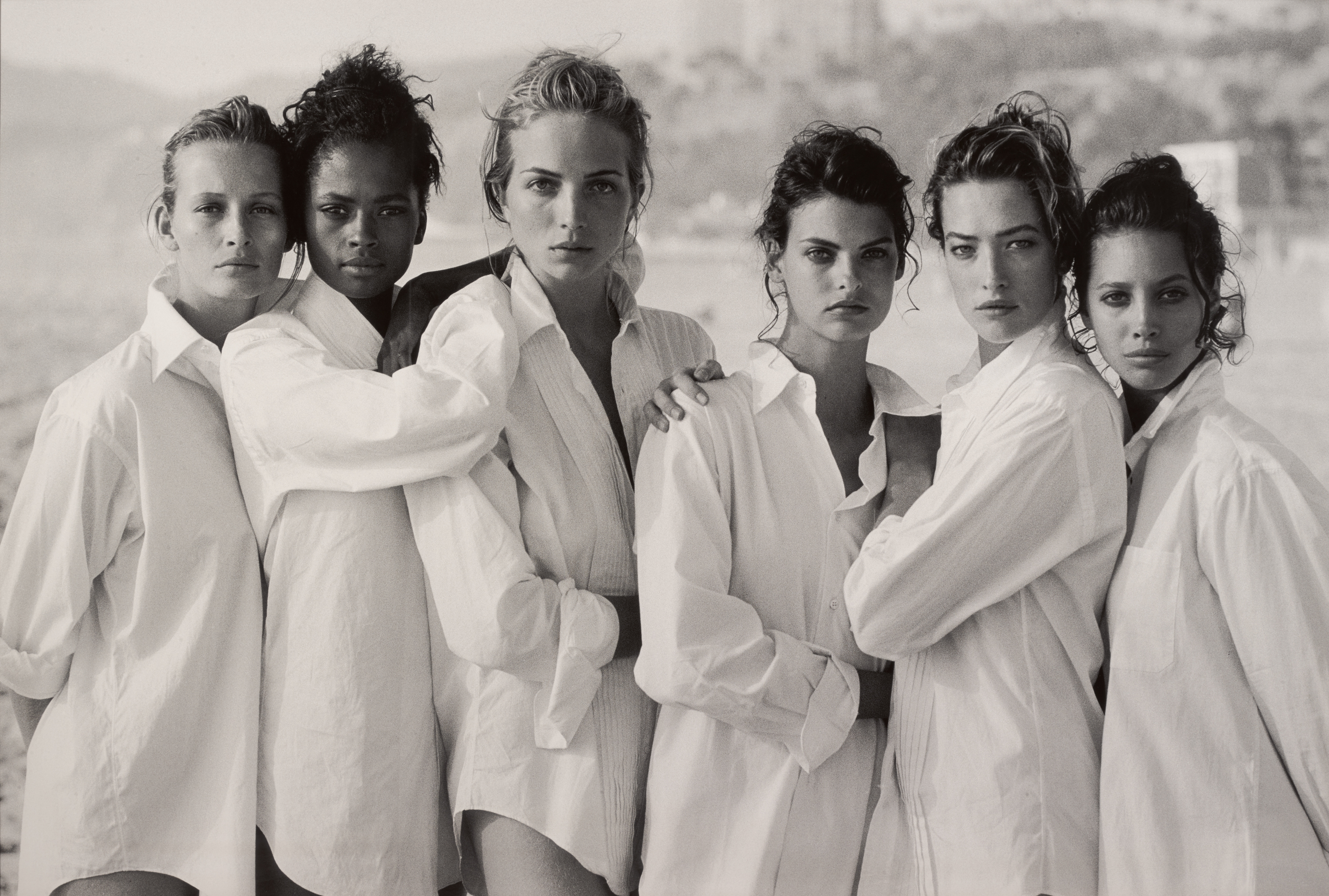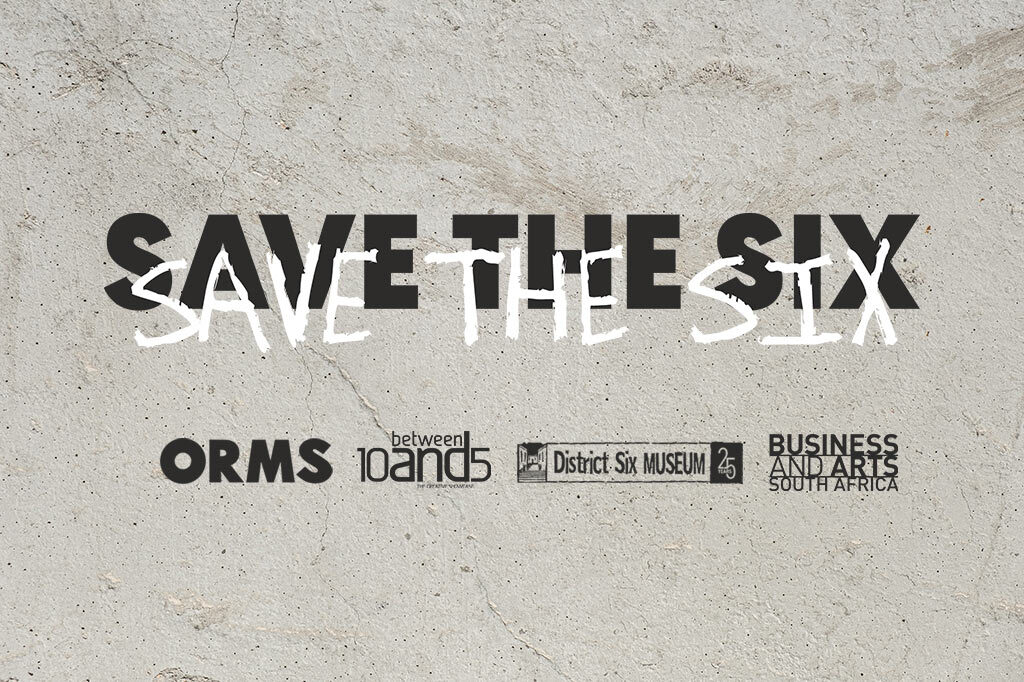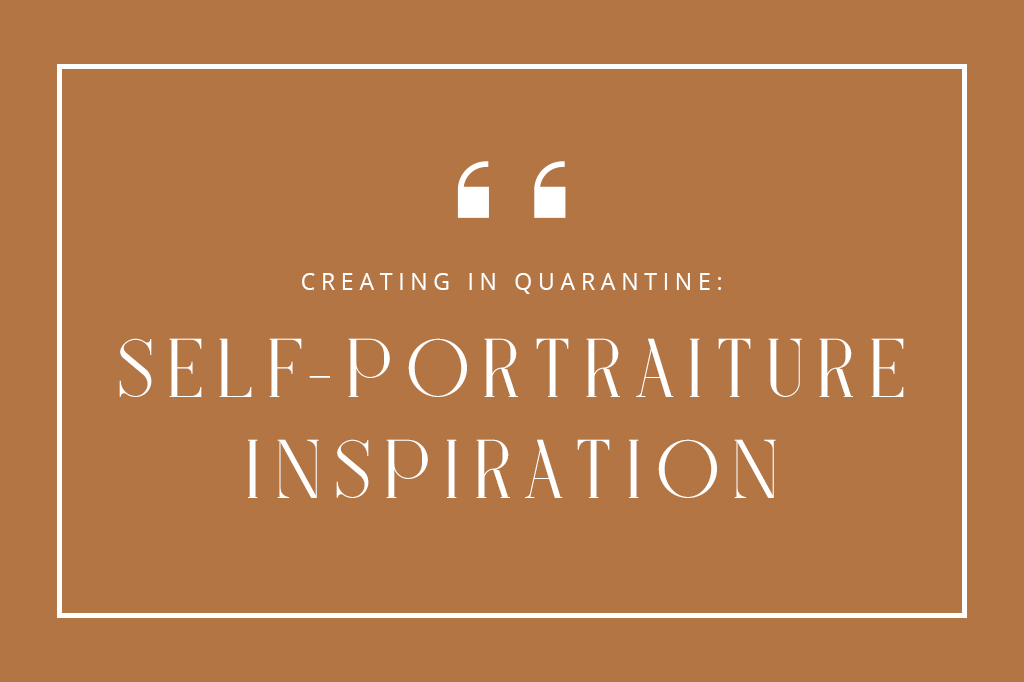Heritage day has come and gone, but the establishment of dynamic creative communities present us with the opportunity to create a new South African heritage. A heritage that can be celebrated throughout the year, and most importantly, one that is driven by the creative class. Young, gifted and killing it, these are some of South Africa’s creatives who are challenging the norms and reimagining the creative landscape in their respective fields and we are here for it!
Zoey Black
A while back we had the immense pleasure of chatting with the charismatic Zoey Black, a content creator whose established blog and new YouTube channel are making waves in the local LGBTQIA+ community due to her honest and open creations about gender identity and trans visibility. You can catch the full conversation on Orms Air.
Her YouTube channel aims to address and explore social and lifestyle issues pertaining to the LGBTQIA+ community, specifically around the authentic representations of trans lives and the importance language has in the perception of ourselves. The channel is the first of its kind on the platform, and acts as a resource in providing accessible information on trans specific issues, including accessing hormone replacement therapy, and changing one’s name and gender marker at the Department of Home Affairs.
Themba Mbuyisa
Visual artist and award-winning fashion photographer Themba Mbuyisa has developed a unique visual language and we are here for it. His authentic representations of our home have catapulted him into the spotlight. In his images we see beauty, we see elegance and we see so much swag. We see a reimagining of the way black bodies are represented in mass media.
There is a narrative quality to his approach to image-making that compositionally confronts what is traditionally understood as foregrounding and backgrounding. His afro-futuresque visual language dares you to pay attention to the images he’s creating, the story that he’s telling.
We recently caught up with Themba on Orms Air, and during the conversation he opens up about his meteoric rise to fame, going behind the scenes with international streaming service Netflix and why the authentic representation of African stories in world wide media is a necessity. You can have a listen to that conversation here.
To find out more about Themba be sure to visit his website here and give him a follow on Instagram to keep being inspired by the breath-taking work he is creating.
Gina Jeanz
Artist, producer, photographer, DJ and all-round creative powerhouse Gina Mwoombola, or as you may know her Gina Jeanz is a literal powerhouse to be reckoned with.
And we don’t refer to Gina as a powerhouse lightly. We’re blown away by how multi-talented she truly is. From her music to all of the graphics and imagery that goes along with it, Gina has her hands on every element of her creative process. We recently spoke to Gina on Orms Air where she shares her creative beginnings, what influenced her to leap into following her musical dreams and the intention behind her creations
Interested in taking a journey through Gina’s music contributions? Find her work on Soundcloud here and don’t forget that supporting the artists whose work keeps us going is a way to show that we appreciate their work. Support local artists, always.
Justice Mukheli
Justice Mukheli needs no introduction. He is a new breed of super-gracious, liberated, African photographer that signifies the future of this industry, and we are thrilled to have been able to talk to him about his practice and his sources of inspiration on Orms Air.
Mukheli is known for creating intellectually and emotionally driven work that centres on the authentic African experience. In his work, we see a synchronous relationship between strength and tenderness. His portraits of children are a moving expression of this synchronicity, they are striking portraits of children in their moments of quiet play.
When you engage with Mukheli’s work, you begin to notice a thread that runs through his subject’s vulnerability and uninhibited interaction with his lens, it’s almost as if he has created a safe space within his practice, a place where his subjects feel comfortable enough to be their most authentic selves. This is a reflection of his own embracing of his vulnerability – through his subjects he is actively reclaiming the emotions that he had to hold in as a young boy because “boys don’t cry”.












